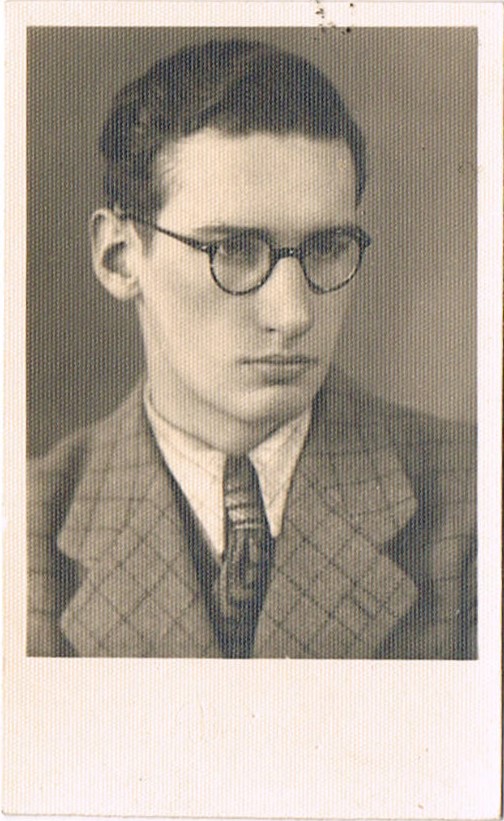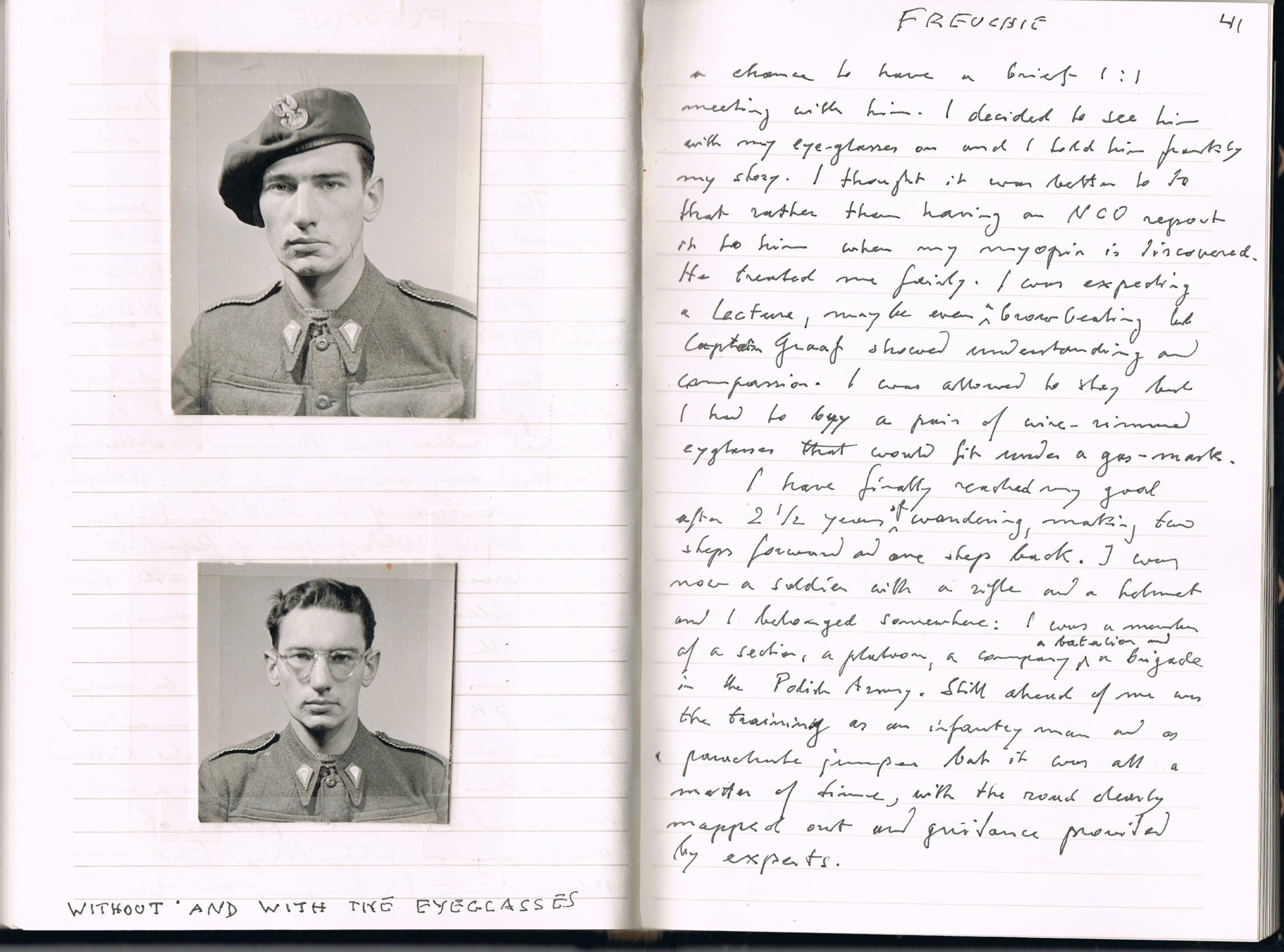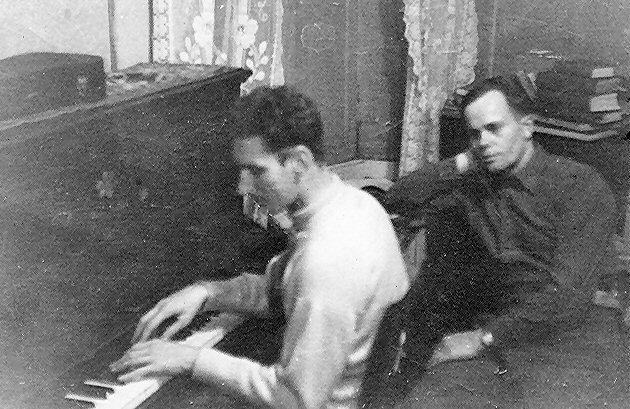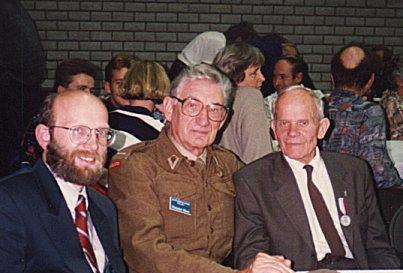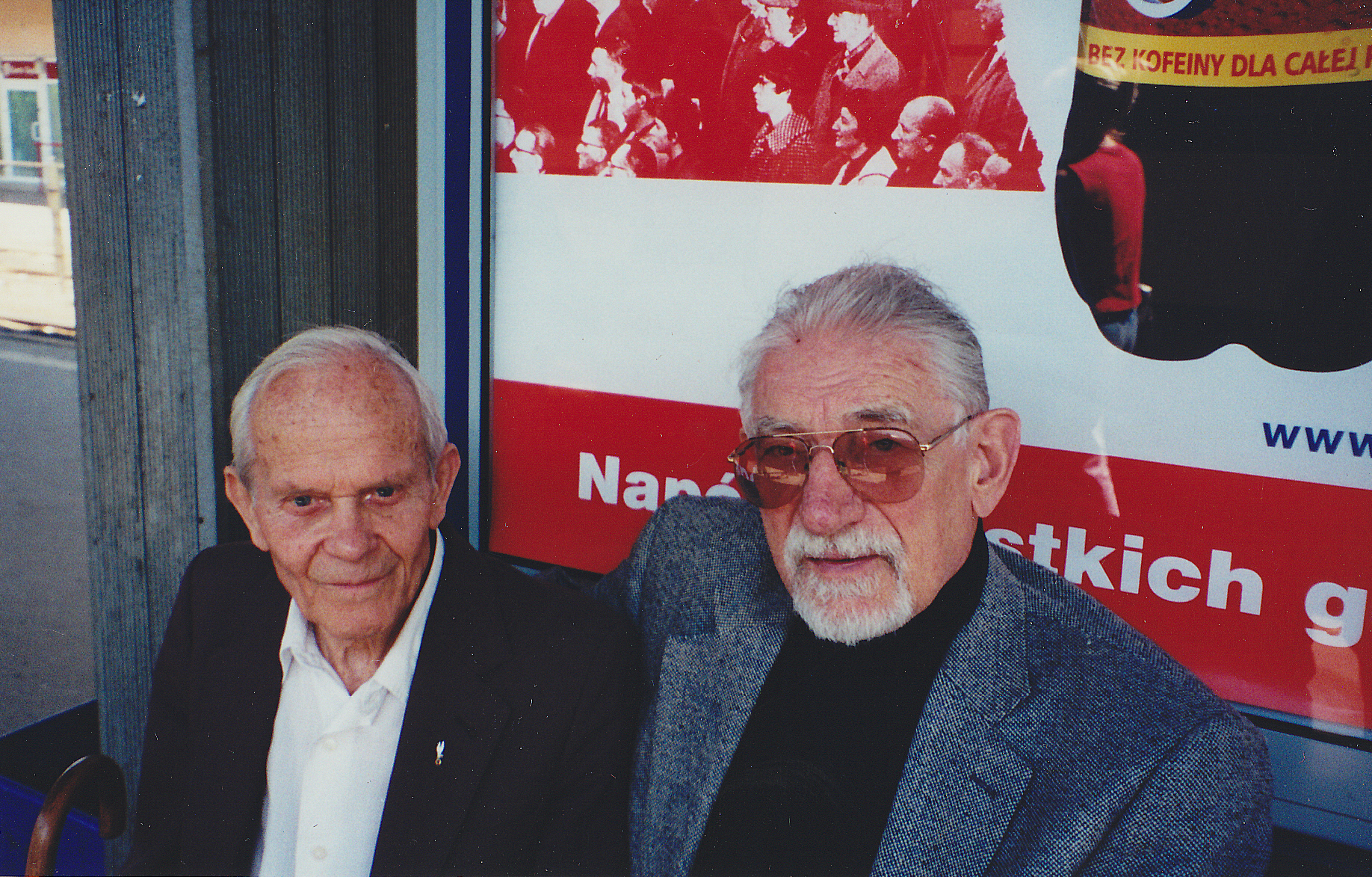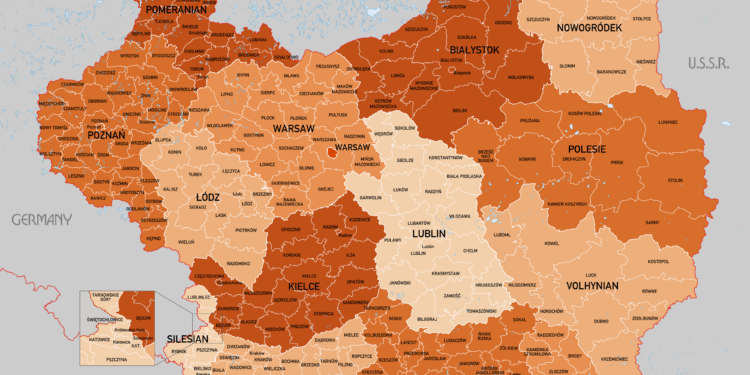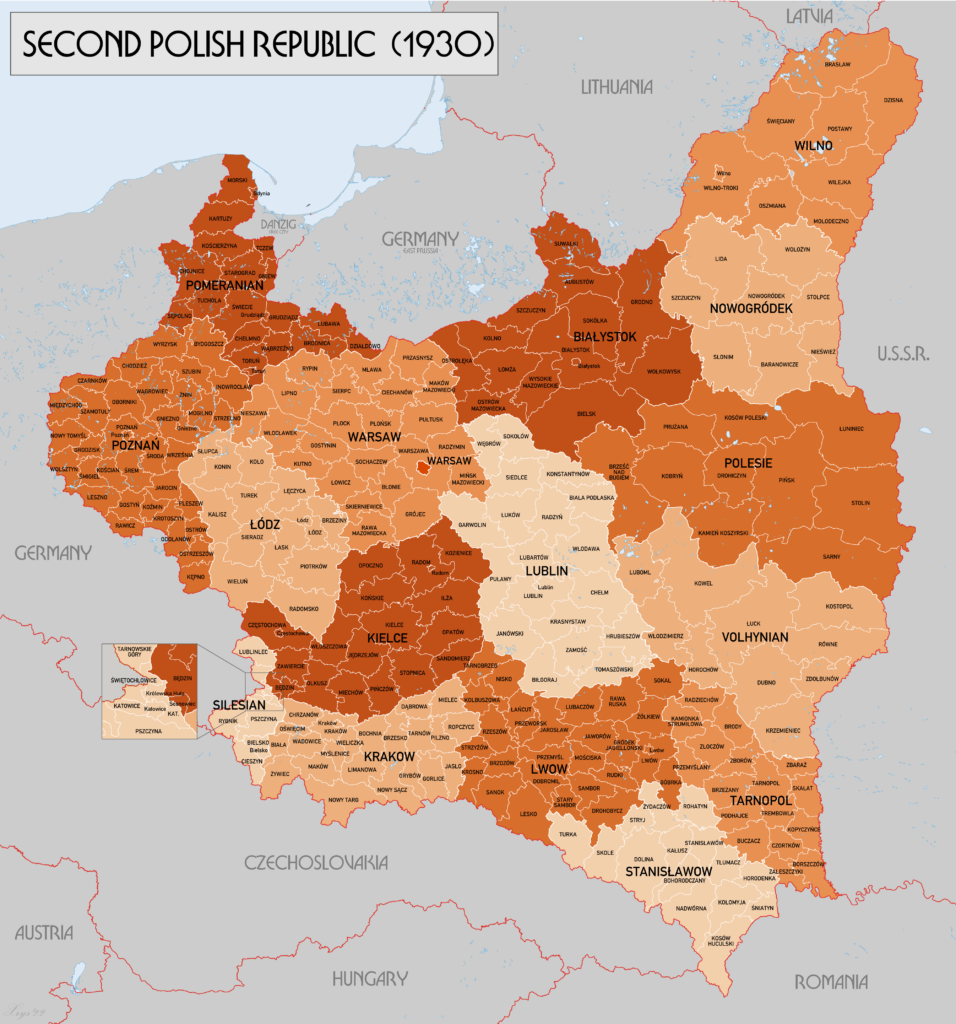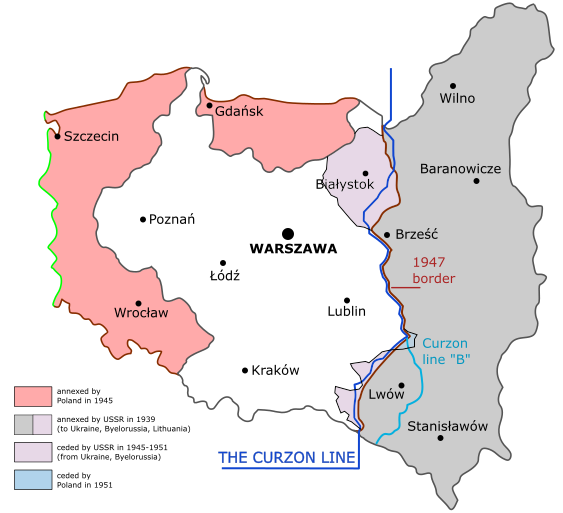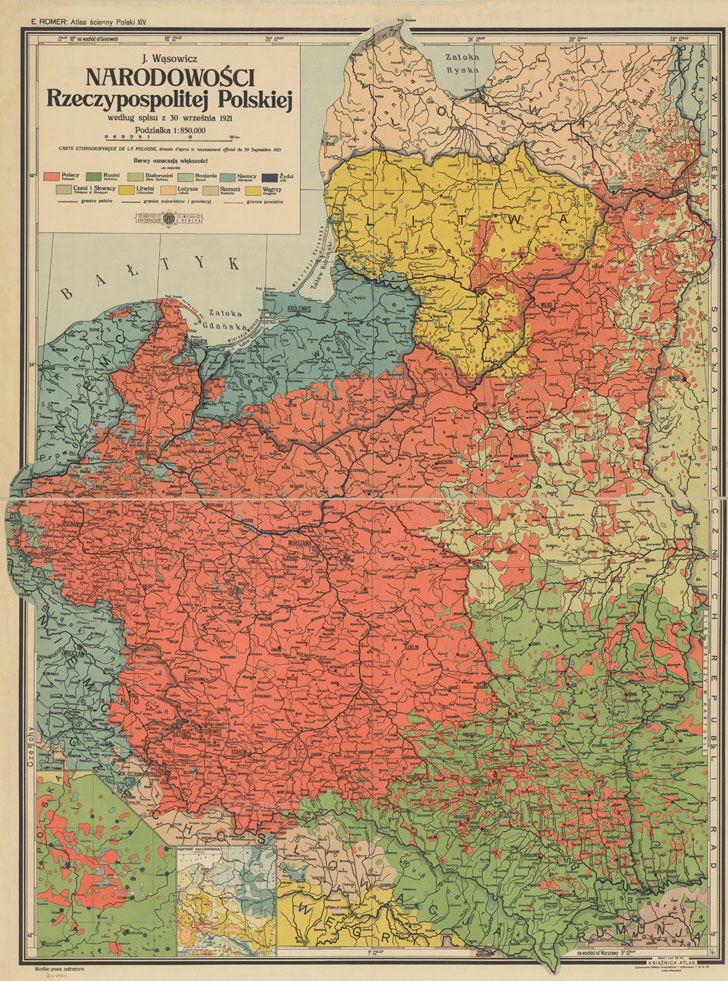On Saturday 21 September, the deployment of the 1st Polish Independent Parachute Brigade was commemorated in Driel. Apart from the fact that it was exactly 80 years ago on the day (and almost at the hour) that the Poles landed at Driel, it was an impressive commemoration in several respects.
Recognition of the Polish efforts
The first speaker was outgoing chairman Arno Baltussen. After the rehabilitation of the Brigade and General Sosabowski in the Netherlands in 2006, he has been campaigning for an official apology from the British government for years. After all, shortly after Operation Market Garden, General Sosabowski was blamed for the failure of the operation. In a broader sense, the British government abandoned the Poles after the war and, as one of the few Allies, they were not allowed to participate in the victory parade in London in the summer of 1946.
In an at times emotional speech, Mr Baltussen called on British Prime Minister Keir Starmer to undo this injustice. In the words of outgoing chairman Baltussen, it is not too late now that there is still a veteran alive, Bolek Ostrowski (105) in Toronto, Canada.
He emphasised that it is always worth fighting for someone else’s freedom. And he would do it again and again.
It is worth fighting for someone else’s freedom, even if you haven’t experienced it yourself.
We wanted to embrace that value of freedom here in Driel.
[…]
To this day, the British government has not officially acknowledged the 1st Polish Independent Parachute Brigade.
Efforts for freedom always deserve recognition and appreciation. Efforts for freedom are always right and can never be labelled as “guilty of defeat.” Efforts for freedom are always a victory.
This is also what the British veterans who fought in Arnhem have always said. As a token of their gratitude, they sponsored a monument and plaque at the Polenplein in Driel, in honour of General Sosabowski.
In this way, they have already shown their appreciation, but the formal recognition from the British government would also be greatly appreciated.
Efforts for freedom must go hand in hand with recognition. Recognition expresses appreciation and attention and ultimately leads to motivation. We owe this to Bolek and all the veterans who fought for our freedom, to motivate generations to follow in their footsteps and commit to freedom. Freedom only exists if everyone fulfils their duty to commit to freedom.
Hereby, I repeat my request to the British Prime Minister:[…]The restoration of honour can still take place while Bolek is among us. Considering Bolek’s age, there is no time to lose. There is still a chance to look the last Polish veteran in the eye and say those significant words: “Thank you, thank you for fighting for our freedom.”
With this plea, Arno Baltussen added weight to the letter with this appeal that the British Prime Minister had previously received from the foundation in collaboration with the mayors from the Airborne Region.

What will be our commitment?
One of those mayors, Mayor Patricia Hoytink-Roubos of Overbetuwe, told two personal stories of Polish soldiers, Jozef Pietryga and Bazyli Lincewicz. She called on those present to think about what our legacy could be:
After eighty years, the unconditional and courageous efforts of men like Jozef Pietryga and Bazyli Lincewicz and all the others are still an example. And it holds up a mirror to us. What imprint do we want to leave for our children? Are we willing to fight for something bigger than ourselves? Are we willing to make a sacrifice for that?
This is what we still need to do today. We see that the war is closer and closer. Literally, through the fighting in Ukraine.
But also when I look at our own country, the circumstances are somewhat similar to those in the 1920s. Also then there was polarisation, anti-Semitism, uncertainty and instability. This created fertile ground for the ideology of the Nazis.
Let the outcome not be the same today. Let us prove the history wrong. Let us show that we can do it differently, even if the current situation resembles the one of the past.
Contributions from the Prime Ministers
The commemoration was to be attended by the Prime Minister of Poland, Donald Tusk, and the Netherlands, Dick Schoof. With the high water in Poland, the Polish Prime Minister was represented by the Minister of Veterans Affairs, who read a letter from Tusk.

The Dutch Prime Minister also uses the efforts of the Poles to make the link to current affairs and our role in it:
Today, let us consider their example a call to action.
A call to stand firm for the freedoms and values they fought for with such dedication and determination, 80 years ago.To the generations that have grown up since then, ‘war’ has been something that happens elsewhere.
Something that happened in the past.
Something that is over and done with.
At least: that’s what we were able to tell ourselves for a long time.
But Russia’s invasion of Ukraine revealed the truth.[…]For Poland – one of the countries that liberated us – it feels even closer.
That’s why it’s so essential for Poland, the Netherlands and other countries to stick together and support each other – as members of NATO and as fellow European nations.
That’s why we must stand together in opposition to aggression and violations of the rule of law.
Without hesitation or compromise.
We must.
We must, because the alternative is unthinkable.
In his letter, Prime Minister Tusk expressed his gratitude to the Dutch people for the way in which they have commemorated the Polish efforts and worked for their rehabilitation over the years:
As I have already mentioned, we remain grateful for your memory of the Polish brigade and its general. In particular, I would like to thank you for your efforts to commemorate the Poles who fought at Arnhem, which resulted in Queen Beatrix awarding the 1st Independent Parachute Brigade the Kingdom of the Netherlands’ highest military award – the Military William Order – in 2006, with General Sosabowski being distinguished with the Bronze Lion Medal.
However, there is one more reason for our gratitude, namely the push to recognise the contribution of Polish paratroopers in Operation Market Garden and to acknowledge their efforts, with the letter calling for such recognition sent to the government of the United Kingdom this July. Many mayors of Dutch cities signed the letter.
Today and the legacy
We hope that the commitment of the Poles is indeed reflected in actions today. Whether our legacy is drawing a line against aggression and injustice, continuing to recall the role of the Poles or the actual rehabilitation by the British government. We hope above all that the commitment of Bolek and all others was not in vain and that he may still witness the rehabilitation.
Want to watch the commemoration again?
The commemoration can be viewed on YouTube (see below). There was a short interview about the historical context beforehand. Would you like to watch that too? Then go to the report on the Omroep Gelderland website.
Speeches
The full speeches can be read on the website of the Driel Polen Foundation
> Opening speech by Chairman Driel-Polen Foundation A.J.M. Baltussen
> Speech by Mayor P. Hoytink-Roubos
> Speech by Prime Minister D. Schoof
> Speech by Prime Minister D. Tusk













